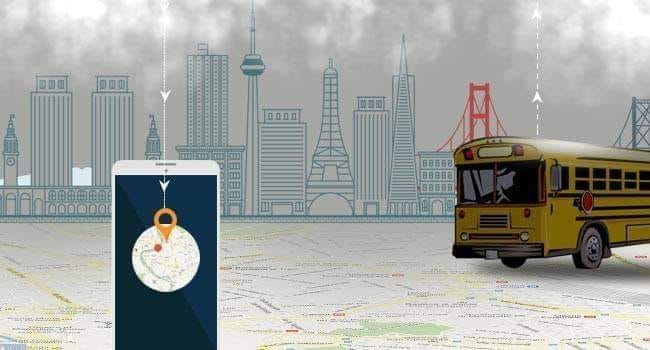
Addressing student transportation problems in Africa requires a multifaceted approach that considers the continent's diverse geographical, economic, and social contexts. Here are some potential solutions:
Investment in Infrastructure: Improve road networks and transportation infrastructure to make travel safer and more efficient. This includes building and maintaining roads, bridges, and public transportation systems that serve schools and communities.
Public Transportation Subsidies: Provide subsidies or incentives to public transportation operators to ensure affordable and reliable services for students. This can help reduce transportation costs for families and increase access to education.
School Bus Programs: Establish school bus programs in areas where students face long distances to travel or safety concerns. These programs can provide dedicated transportation services with trained drivers, ensuring the safety and security of students during transit.
Community-Based Solutions: Encourage community involvement in addressing transportation challenges by establishing carpooling schemes, walking groups, or community-led transportation initiatives. This can empower local communities to find creative solutions that meet their specific needs.
Technology Integration: Integrate technology solutions such as mobile apps for tracking buses, optimizing routes, and providing real-time information to parents and students. Technology can help improve the efficiency, safety, and transparency of student transportation services.
Partnerships with Private Sector: Forge partnerships with private transportation companies or NGOs to supplement public transportation services and fill gaps in coverage. Private sector involvement can bring innovation, resources, and expertise to improve student transportation outcomes.
Addressing Safety Concerns: Implement measures to address safety concerns during transit, such as providing safe waiting areas, ensuring the reliability of vehicles, and training drivers on safe driving practices. Safety should be a priority to protect students during their journeys to and from school.
Awareness and Education: Raise awareness about the importance of education and the role of transportation in facilitating access to schools. Education campaigns can help families understand the benefits of sending their children to school and the available transportation options.
Policy and Regulation: Enact policies and regulations that support safe and affordable student transportation, including standards for vehicle safety, driver qualifications, and fare regulations. Governments play a crucial role in creating an enabling environment for effective transportation services.
Monitoring and Evaluation: Establish mechanisms for monitoring and evaluating student transportation services to ensure accountability, identify challenges, and measure progress. Continuous monitoring allows for timely adjustments and improvements to transportation programs.
By implementing these solutions in a coordinated and sustainable manner, African countries can improve student transportation services, enhance access to education, and ultimately contribute to the development and prosperity of their societies.
Contact MyShule for school transport technology needs
Share This News